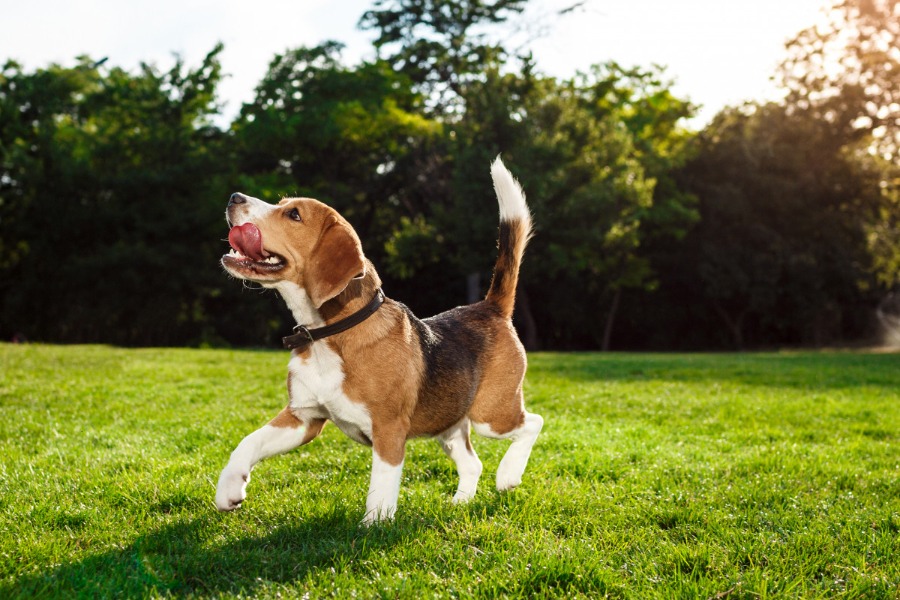The sun is shining and it’s a great time to head outside with your pet. Or is it? Hot weather poses heat related considerations for pet owners and it’s important to exercise caution to keep your pets safe during the hot temperatures – especially in relation to cars.
“Trapped in a steaming car with only hot air to breathe, dogs can suffer heatstroke in just 15 minutes, resulting in brain damage or death,” said PETA’s Lindsay Pollard-Post in a statement. “When temperatures warm up, no amount of time in a parked car is safe for dogs.”
Dogs release heat by panting and at extreme temperatures, are not able to release heat quick enough to efficiently cool off. Some dogs in particular are more prone to hear exhaustion and stroke, such as pups, older dogs, and also dogs sick or recovering from illness. Certain dog breeds also need to be watched more carefully such as short faced breeds, double coated breeds and dogs whom are bred for colder climates.
A dog’s regular body temperature is 101 degrees. Anything above 103 degrees is abnormal and signs of heat exhaustion may become apparent; between 105-107 degrees it can begin to affect their thought processes, says Tufts.
If the temperature is above 104 degrees, towels soaked in cool water (not ice cold) can be placed around your pet’s neck to help with the cooling down process. You could also spray your dog with a garden hose or put him/ her in a tub of cooler water for up too two minutes. If you’re thinking of using a garden hose, make sure you test the water before spraying your pet. Left over water in the hose can be scorching hot when first releasing water, potentially burning your pet. Make sure you test the water, and it’s at a cool temperature before spraying them. Also keep in mind that it’s possible to overcool your dog, keep regulating your dogs body temperature to prevent this and cool in moderation.
Prevention requires some very simple steps:
- Never leave your pet in a parked car, even if the windows are cracked.
- Limit exercise on hot days. Consider early morning or late at night as these are cooler parts of the day and will make the walk more comfortable for both you and your dog.
- Watch for signs of dehydration.
- Watch out for hot pavement. You might consider doggie booties available at your local pet supply store. Heat rises from the ground, especially asphalt, and since dogs absorb and release heat through their feet, walking on hot pavement can be dangerous for your dog and could cause damage or burning to the paws.
- Provide ample shade and water. Add ice to water when possible (dogs love this). Tree shade and tarps are ideal because they don’t obstruct air flow. Use your judgment: it’s best not to leave your pet outside if it’s hot.
- Pay close attention to breeds of dogs more prone to heat stress (as described earlier).
- Never leave your animal under direct sunlight without access to shade or plentiful water.
You will want to do everything possible to avoid putting your pet in this kind of danger and prevention is key. By taking these steps, you will be assured that your furry friends remain cool and comfortable during the upcoming summer months!

